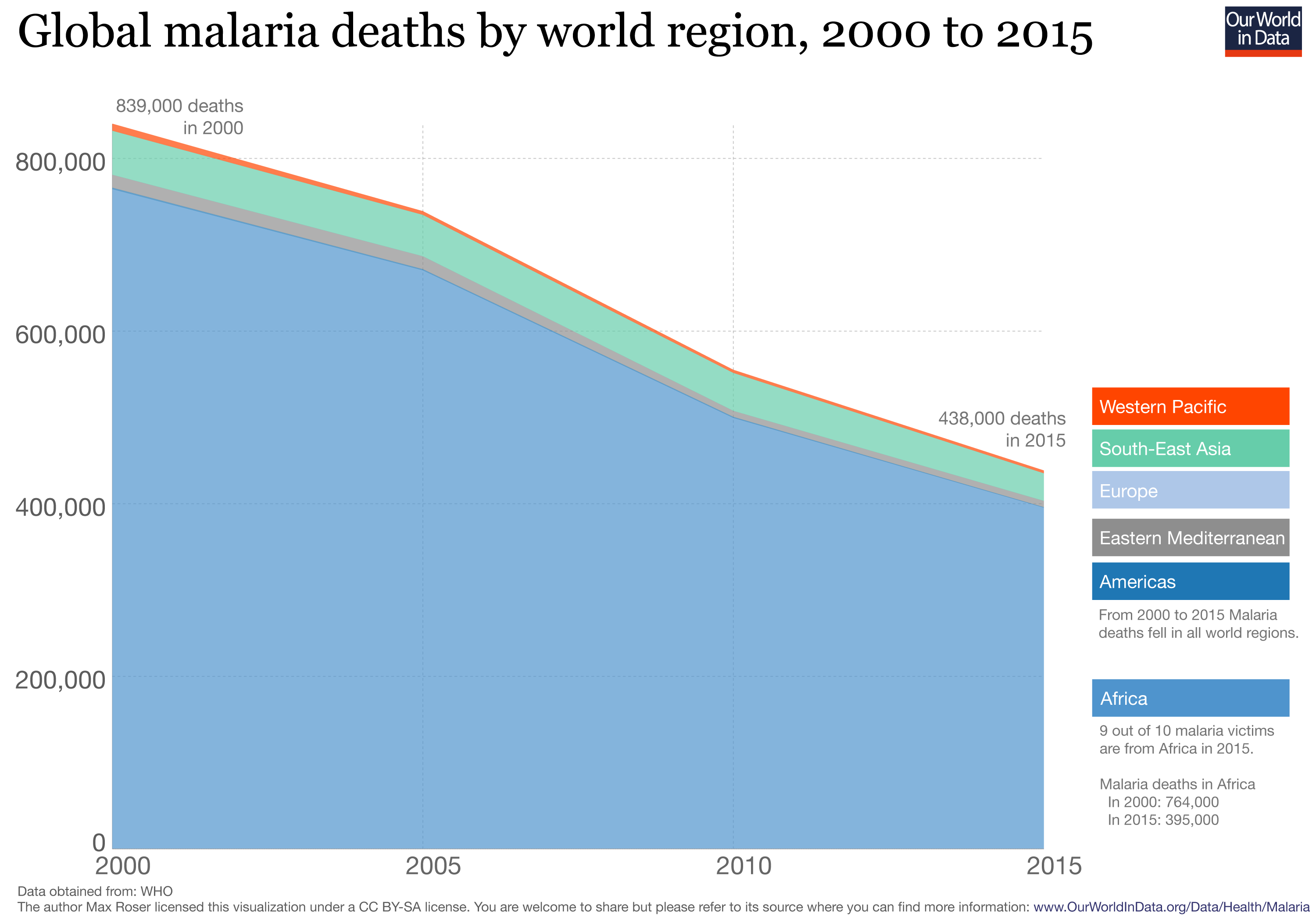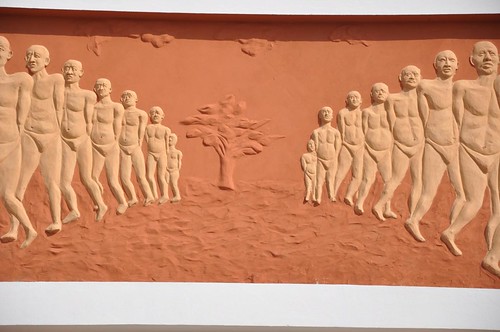Hi.
Azafady Tompoko (sincere apologies) that it has been several months since I last updated this blog. "Normal life" seems to have crept back in and taken over.
Though I spent two months on the other side of the world, upon returning home it felt as though no time had passed. It was like I left my life on pause, and jumped back in right where I left off. There were bills to pay, mouths to feed (mine and my cat's), and a mountain of unpacking and photos to sort through. Plus, there was the chaos of Christmas and New Year's. Since I had to go STRAIGHT back to work, I didn't have much time to process the enormous change; I just had to roll with it. 12 hour shifts have a tendency to suck the life out of you, especially when you've had a break from them for a while.
Every now and then, I will have a moment where I am pulled out of the perpetual slog, and reminded of the joy I experienced in my work on the ship. It's always little things. I toss a mess of IV lines out and remember how I'd have to snip through every one of them if I were on the ship. We're discussing the transition to bedside shift report during our lunch break, and I remember the shy smiles of my patients every morning during shift change. I squeeze by someone and instinctively want to say, "azafady!" But I stop myself, because I know it will sound crazy and confusing. I get home feeling exhausted, and dreading getting up at 6 AM the next morning. I desperately miss being able to look forward to the next shift, knowing that it will be filled with joy. With satisfaction. With true camaraderie.
Now, don't get me wrong. I love my job. My co-workers are really great nurses. It
can be satisfying. There are many days that I never sit down, but I know that I was truly able to help my patients. To help relieve their pain. To help them learn that their new ostomy is not a life sentence. To get their bowels to moving again (sounds gross, but it's a big victory sometimes). But, Heavens to Murgatroyd, it is just never a never ending train of stress that makes no stops till you get off at the end of the line. And it all boils down to politics. Contracts. Paychecks. Seniority. That is the bottom line. I can't imagine trying to do my job in the US; it's bad enough here, despite our universal healthcare.
Having experienced a workplace that was free from all that red tape was just, so, so refreshing. Patient care was not just the top priority, it was the ONLY priority.
Suffice to say, I miss it.
But as work on the ship goes on without me, life here must go on as well. People get sick everywhere. And I am glad to live in a country where I can provide free care to all my patients, regardless of their income bracket.
I had a patient pass away a few weeks ago, rather quickly and unexpectedly. He was quite sick, but had only just that day decided he did not wish to be resuscitated, and his wife was just not ready to accept that he was dying. I had to tell her that he was gone. That was a tough night.
It was a tough week.
But that man was in his 80's. He had already survived cancer, numerous other surgeries, and the loss of his first wife. He had a full life, and he let go when he knew what remained of his life would be painful and idle. He had certainly lived much longer than most Malagasy do. Unless they are quite wealthy, cancer is untreatable. Their average life expectancy is in the low 60's.
So, I shall continue to work at helping whoever I can, the best I can, wherever I am. Whether that means saving a life, or helping to let one go. And I am trying to remember that the experience and skills I practice daily here are shaping me into a better nurse. One who can return to the ship stronger, sharper, and better equipped to serve.
Oh yeah, P.S. I'm going back to the ship!























._-_The_veteran_amazones(_AHOSI_)_of_the_Fon_king_B%C3%A9hanzin%2C_Son_of_Roi_G%C3%A9l%C3%A9.jpg)











.jpg)




